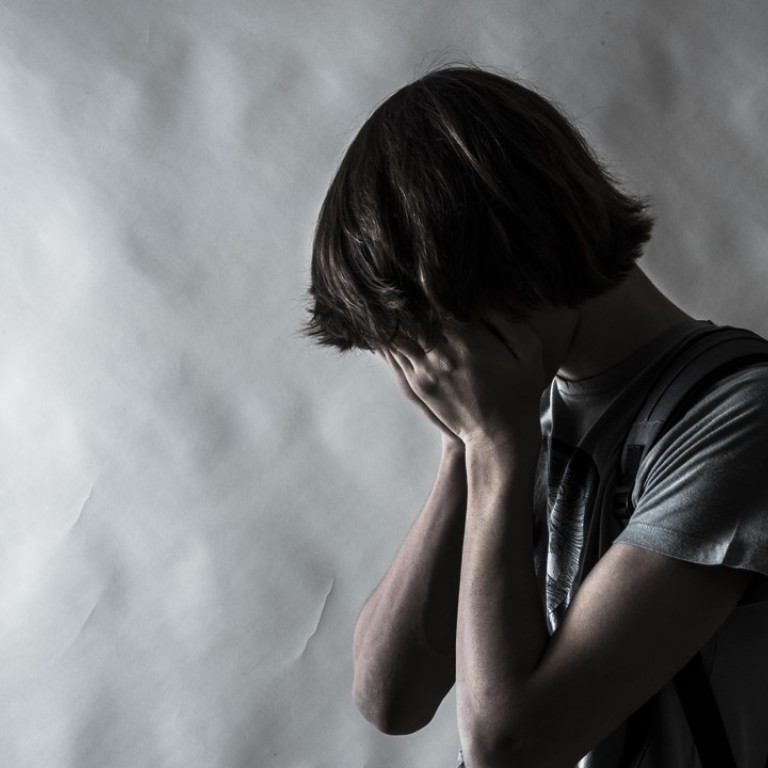
Half of 3,441 Hong Kong students polled show signs of depression
Separate hotline set up by the Hong Kong Federation of Youth Groups also saw an increase of 2,600 cases this year compared with last year
A survey of 3,441 secondary school pupils and tertiary students in Hong Kong found that half of them showed signs of depression, while 40 per cent complained about stress in the new school term.
The poll was conducted by the Hong Kong Federation of Youth Groups in September.
About 51 per cent of respondents scored more than 16 marks in a US-based test with 20 questions that measured scales of depression, meaning these students displayed symptoms of depression.
More than half of Hong Kong secondary school pupils show symptoms of depression, quarter display signs of anxiety
This is the second survey in a month identifying similar problems among young people in the city. The previous poll by Baptist Oi Kwan Social Service involved 15,560 secondary school pupils, and also found more than half showed symptoms of depression while a quarter displayed signs of anxiety.
“The situation is worrying,” Hsu Siu-man, supervisor of the federation’s youth wellness centre, said on Wednesday.
She called for parents and teachers to pay attention to students showing signs of depression, such as feeling unwell before going to school, loss of appetite or crying.
“If the negative signs last for two to four weeks, they may need to further observe and seek professional advice,” Hsu said.
In the more recent survey, close to 40 per cent of students also rated their stress levels as high – seven on a scale of 10 – the survey found, about 10 percentage points higher than a year ago.
Some 47 per cent of students said they chose to remain silent and pretended to be fine if they were unhappy, while 3.2 per cent expressed their emotions by physically hurting themselves.
The federation said its hotline received 19,077 cases over the past academic year, an increase of about 2,600 cases from the previous year.
It cited the case of a freshman from a tertiary institution, who called the hotline for help, saying she felt nauseous and dizzy every time she thought of doing presentations with classmates she was not familiar with.
In another incident, a Form Four student complained that he had difficulty falling asleep and experienced nightmares triggered by the academic pressure he faced.
“We should not deny the emotions of youngsters, as there is no good or bad for such emotions,” Hsu said, urging parents, teachers and carers to recognise these feelings.
“Phrases like ‘it is just a small matter’, ‘many people are worse off than you’ should be avoided,” she added.
Meanwhile, another survey by Chu Hai College of Higher Education, a private institution, found a brighter trend among the city’s youth.
The poll, which used a children’s happiness index for measurement, recorded a mark of 6.75, rising from 6.5 in the 2015-16 academic year.
A total of 780 pupils from primary schools and 856 from secondary schools were asked to rate their happiness on a scale of one to 10.
The years 2012 and 2013, however, recorded higher indices of 6.91 and 7.23 respectively.
The study also found that children were happier in schools offering life education, which promotes values of love and persistence.

